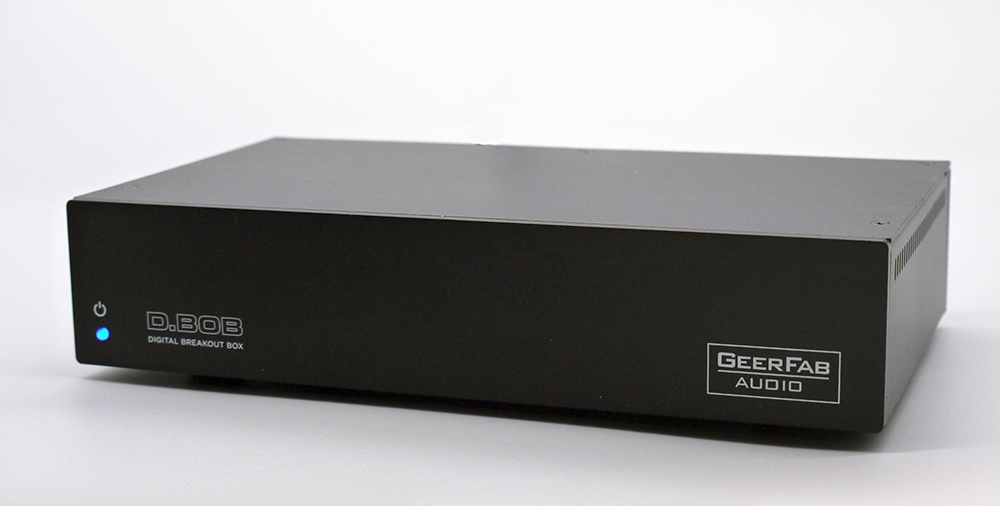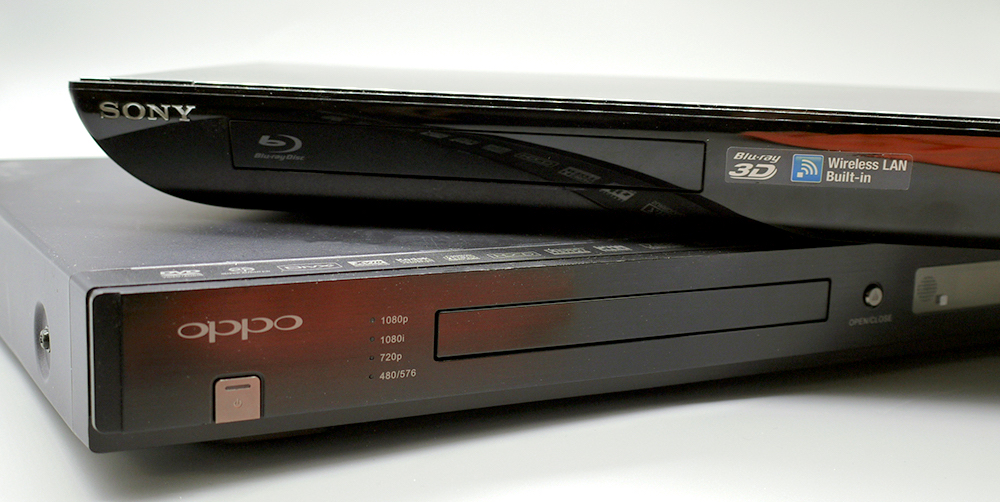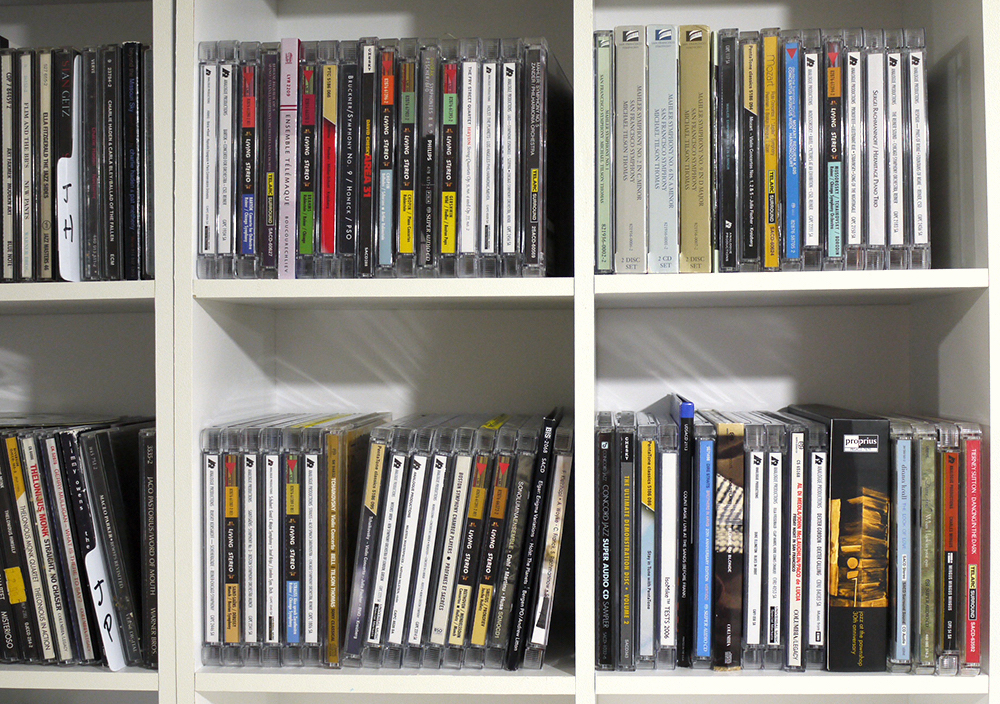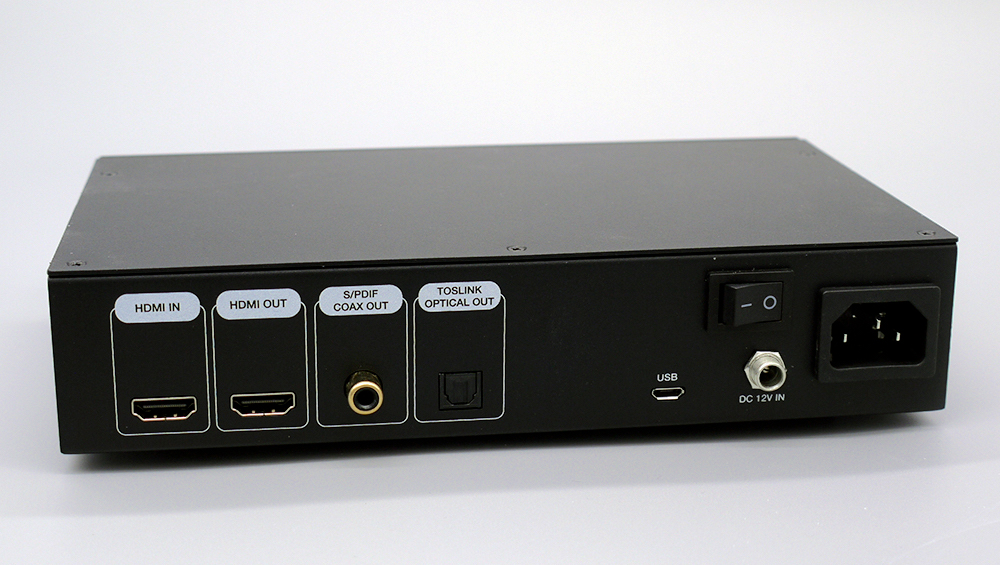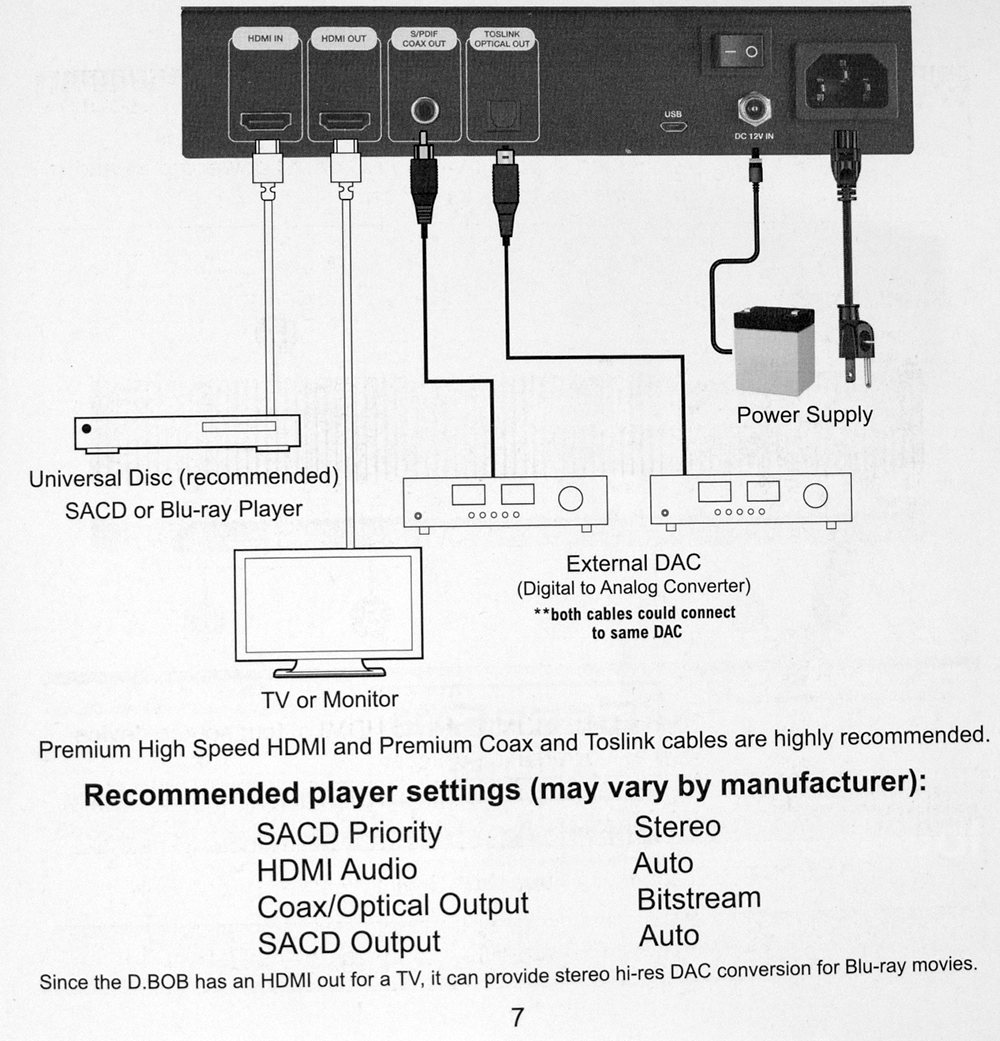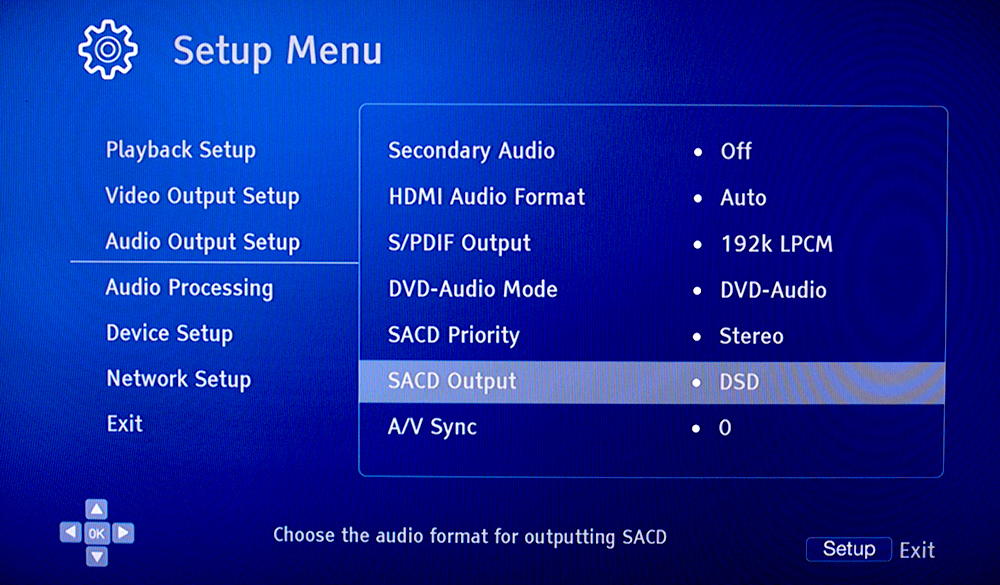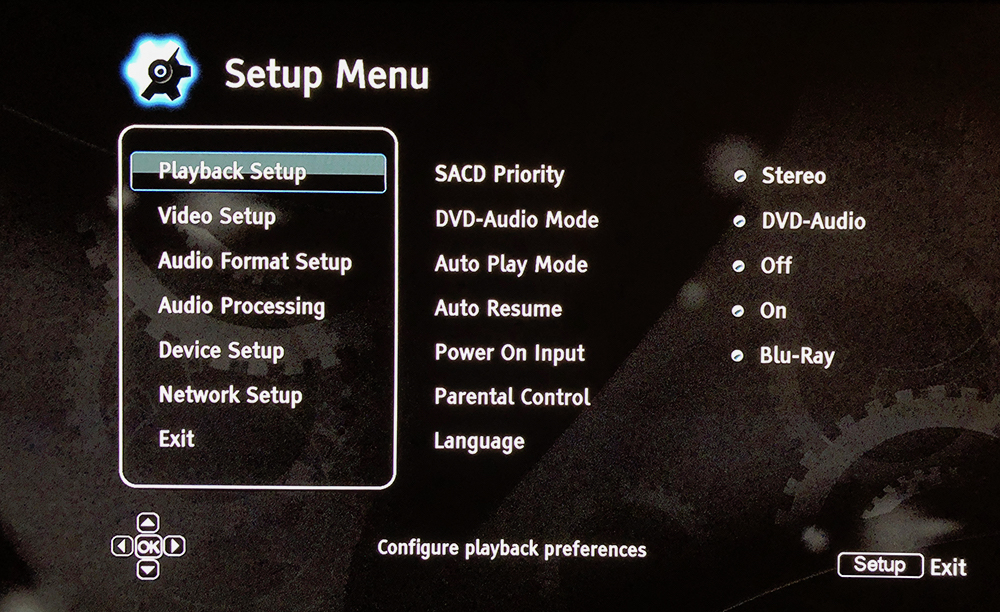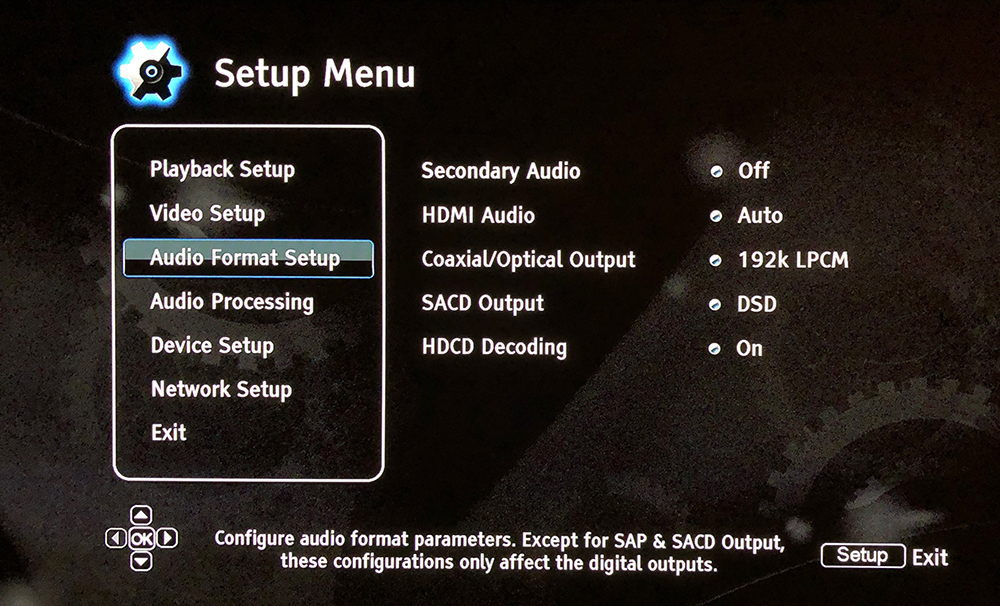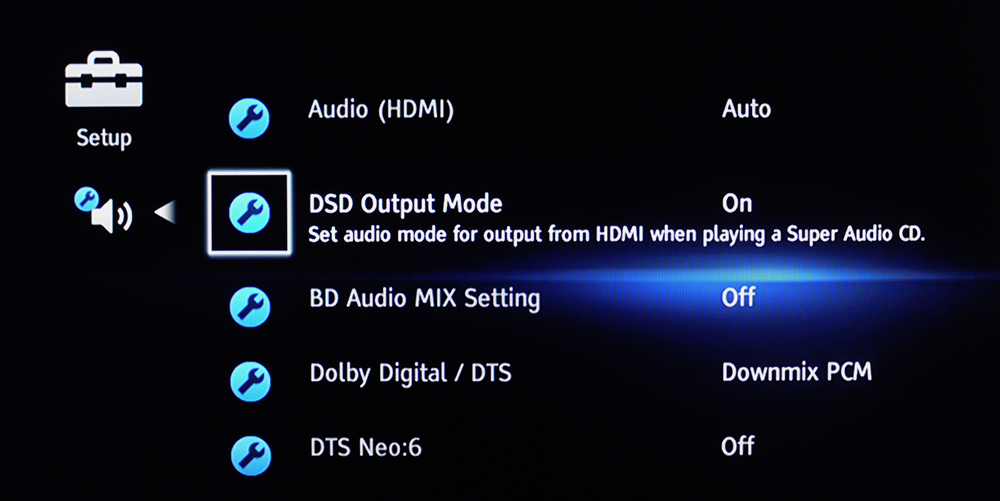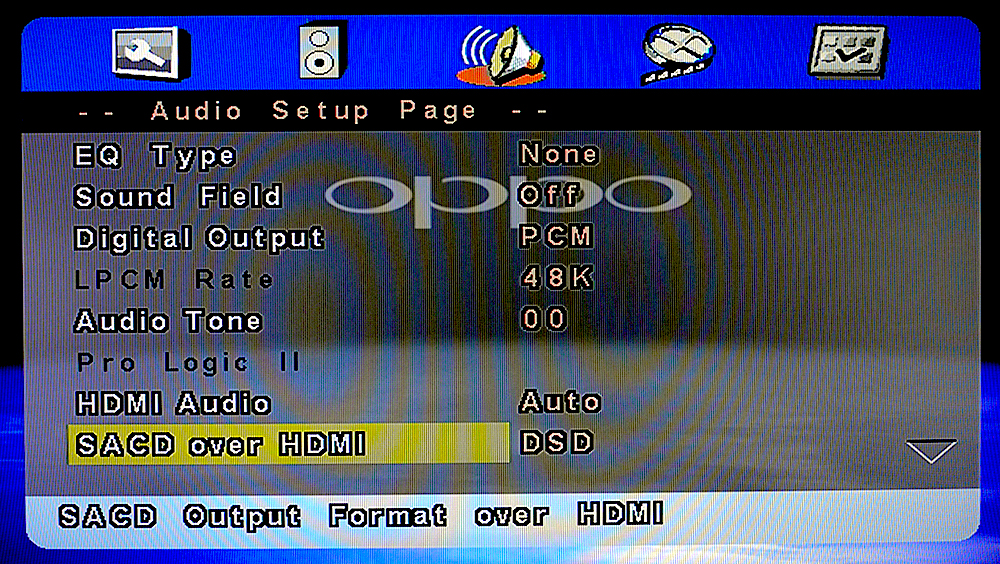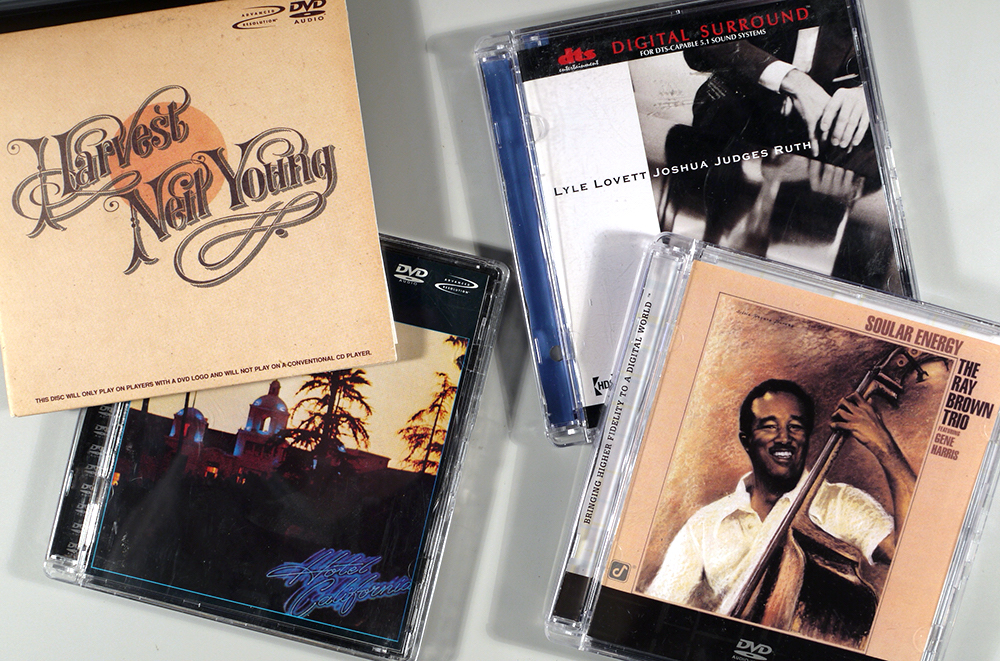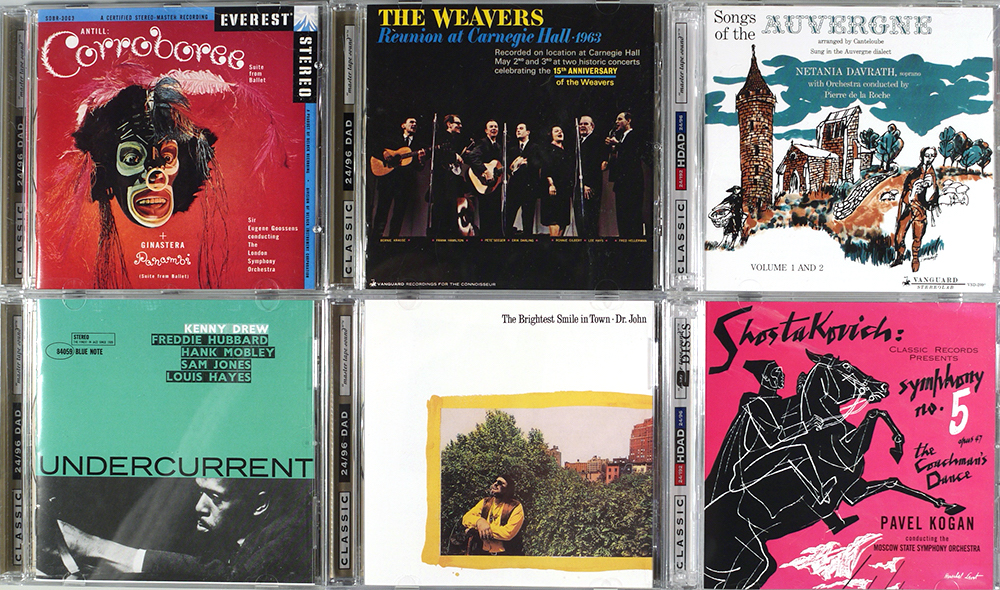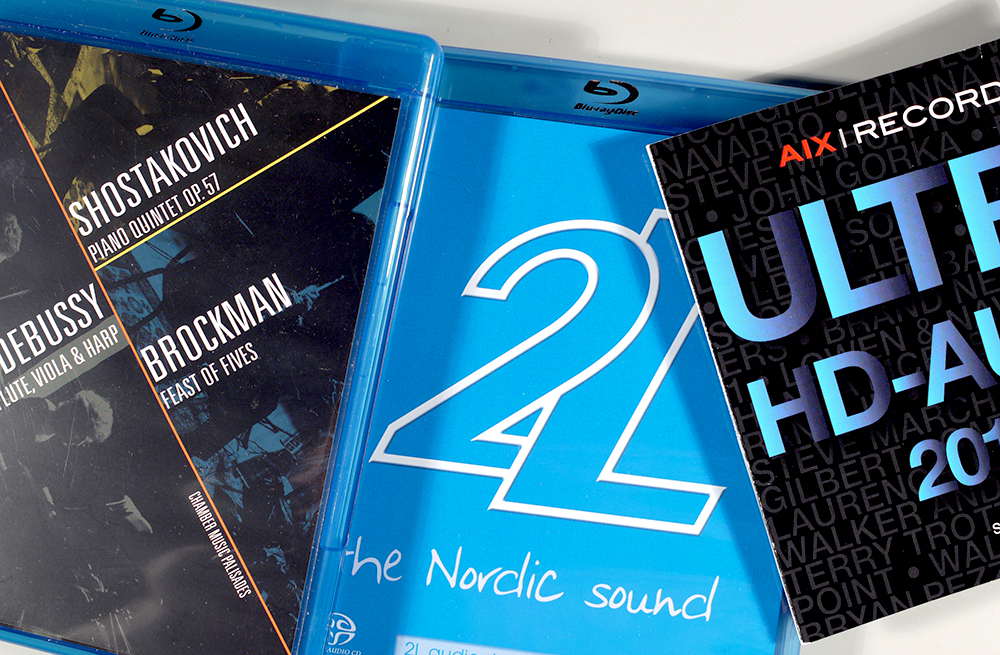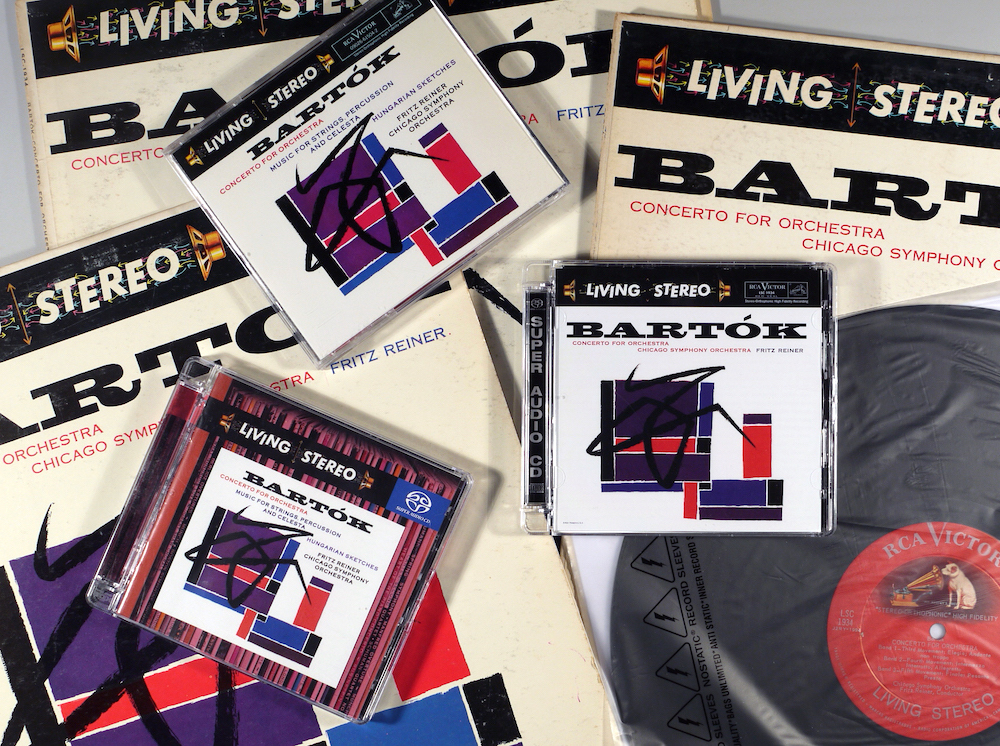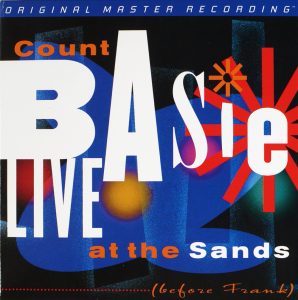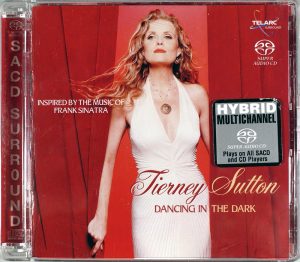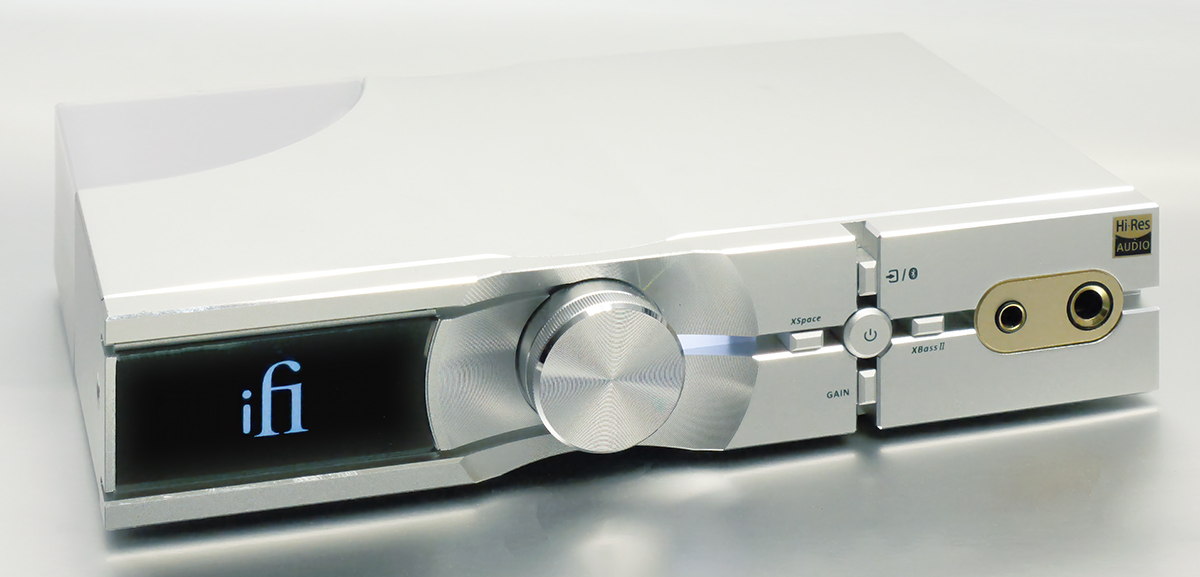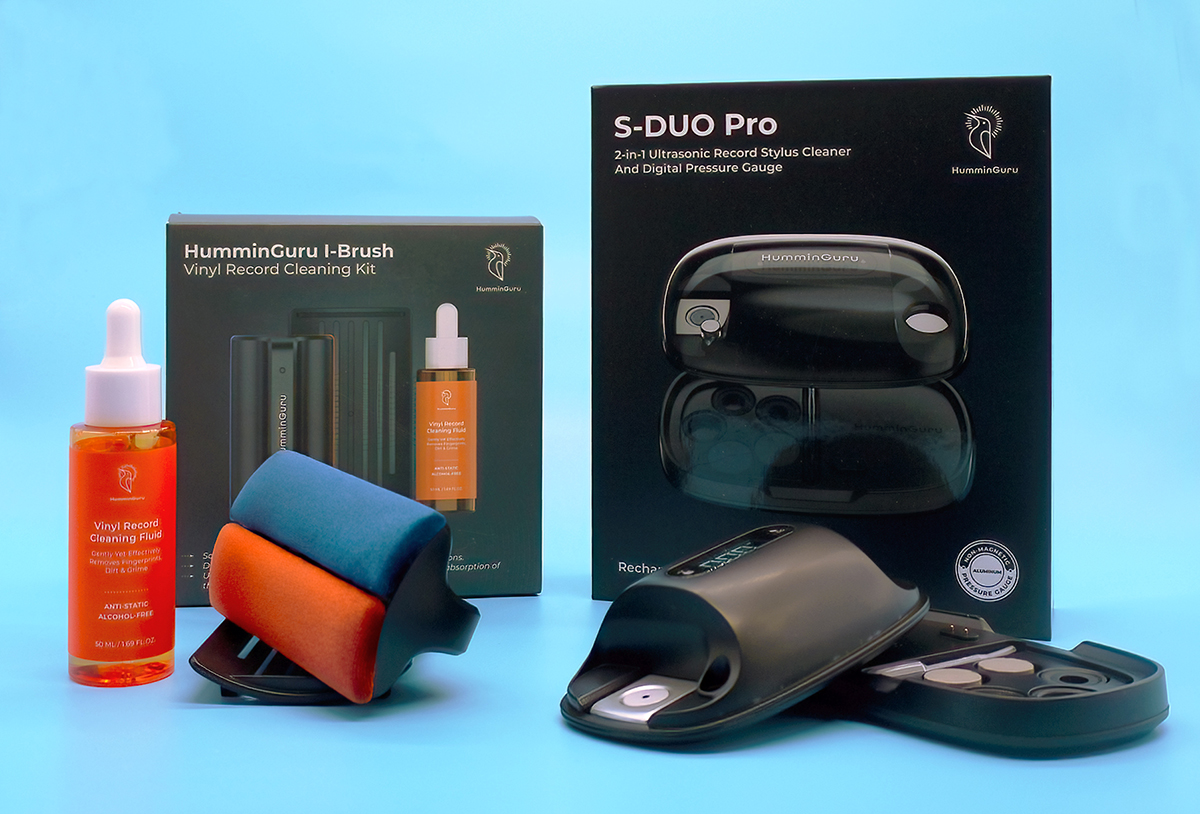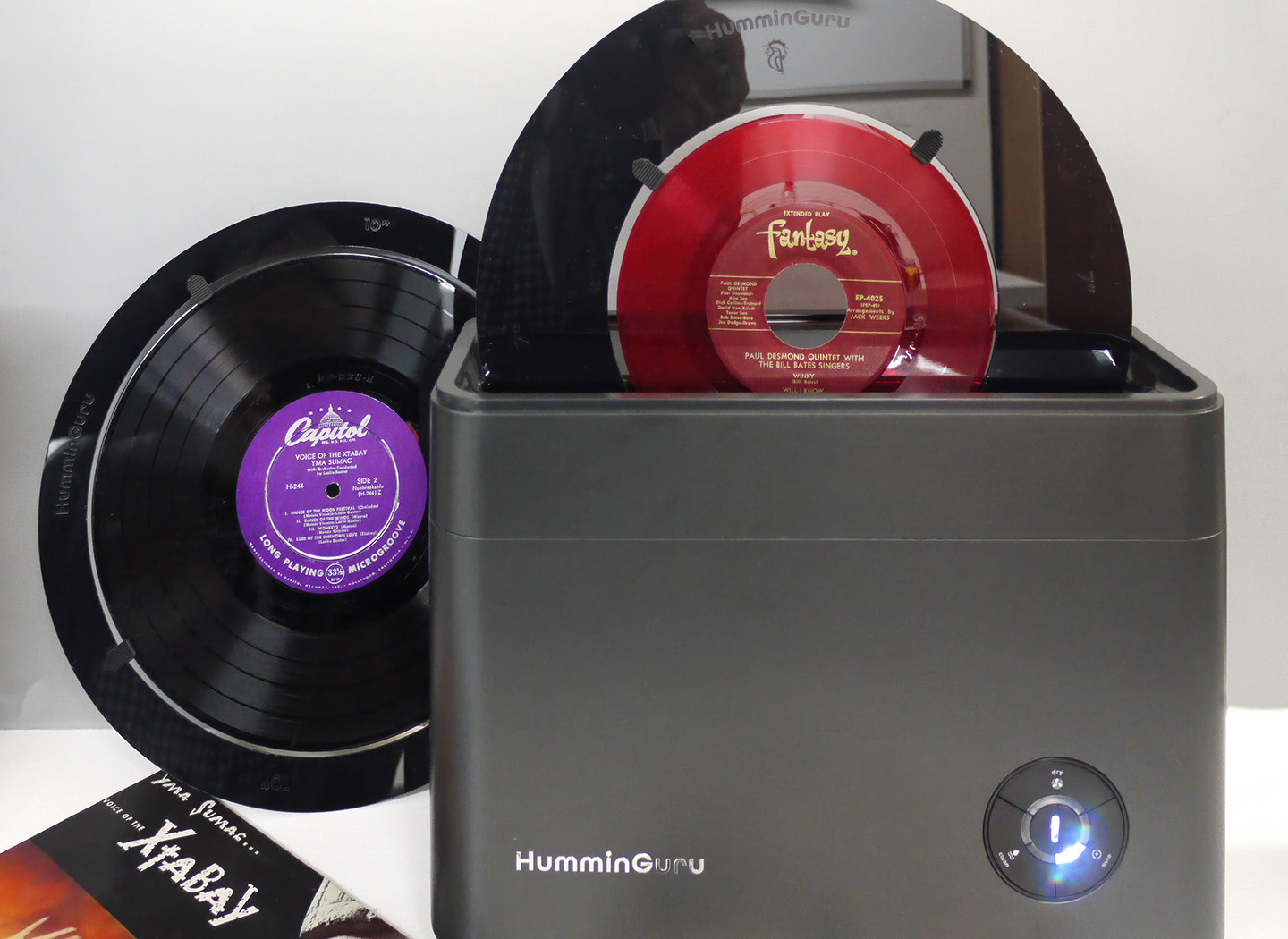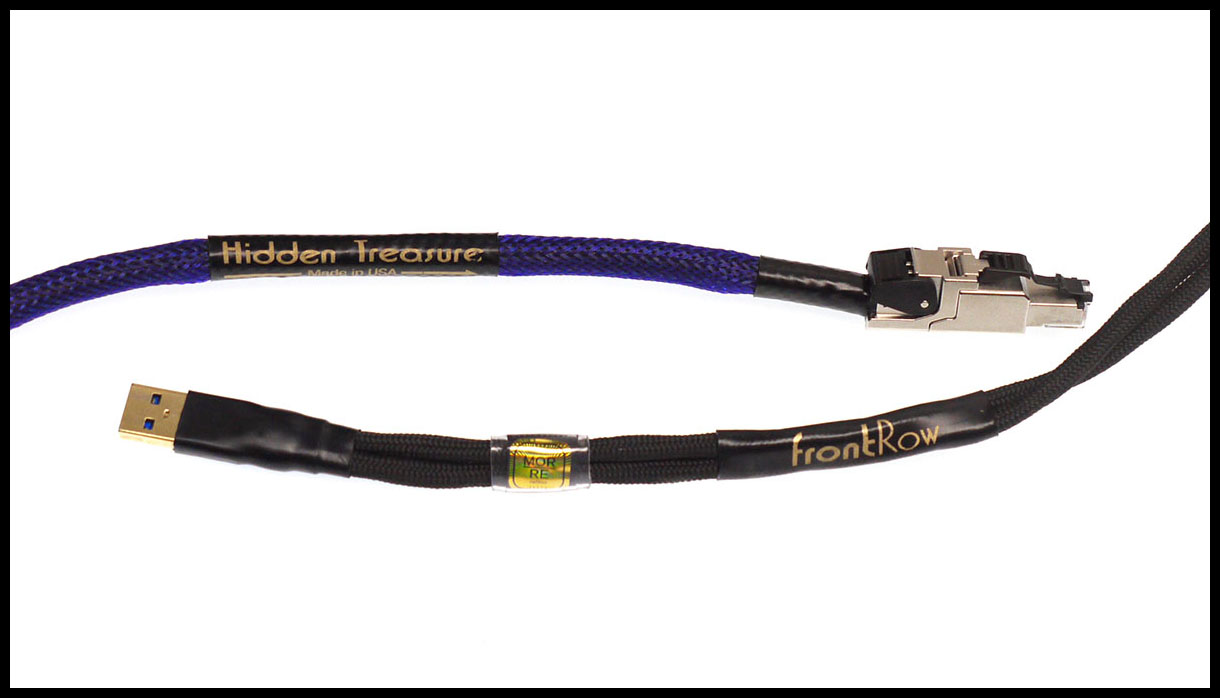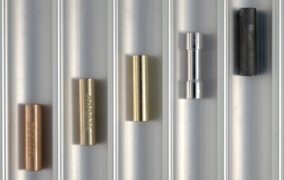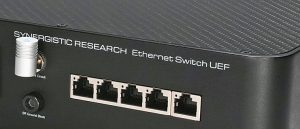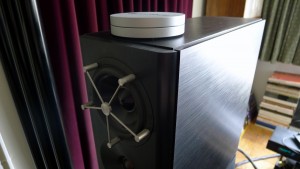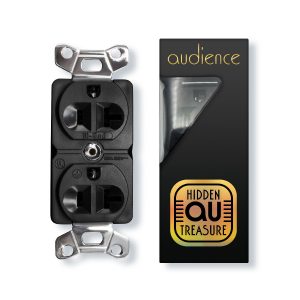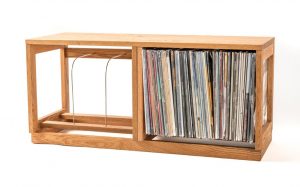You don't have to be an economist to appreciate that much of Western Civilization is the result of the perennial tug-of-war between progress and profit, the towline under tension too often being…quality. The once well-beaten path to Emerson's maker-of-a-better-mousetrap has long since grown over, the production of an adequate device for the purpose of trapping mice having been off-shored to reduce costs, and shipped back to your neighborhood Dollar Stores (sorry, we're closed, due to…)
Of course, one only wants a mousetrap when one needs to kill a mouse. That's an old-school problem and solution equation.
Steve Jobs changed the world in many ways, largely in how he reset the consumer's consciousness: "A lot of times, people don't know what they want until you show it to them." And by the way, welcome to the closed eco-system of the iPod and iTunes, 10,000 low resolution songs (at $.99 per) in your shirt pocket (word has it he preferred vinyl at home, himself).
I don't know if Eric Geer of Geerfab Audio ever had an iPod, but he has built a better mousetrap that most audiophiles don't yet know they want, and he calls it a D.BOB. I like to think of that as a kind of homage, but the Digital Break-Out Box is designed to disrupt a closed eco-system and unleash high resolution audio upon the unsuspecting music lover.
Need some background? Blame Betamax.
The history of HiFi is replete with format wars: cylinder vs. disc, 78 vs. 33, mono vs. stereo, etc., and usually, better won. But by the 70s, there were at least four competing quadrophonic LP systems, and nobody won. Oddly enough, the most consequential format war for audio was actually over on the AV side: by 1975 Sony had developed the Betamax video record / playback system, and JVC the incompatible VHS alternative a year later. Better does not always win, VHS stomped Sony's system, thanks partly to the pre-recorded video rental business (and its porno subset). It was all long over when, in 1984, the US Supreme Court decided (in Sony Corp. of America v. Universal City Studios, Inc.-AKA the "Betamax case") that the making of individual copies of television shows for purposes of time-shifting does not constitute copyright infringement, but is "fair use." Can of worms that, and a precedent invoked in MGM vs. Grokster (2005), where the high court agreed that the same "substantial non infringing uses" standard applies to authors and vendors of peer-to-peer music file sharing software. Not exactly music to the ears of the music industry, or their already underpaid artists. And had Sony settled or lost "Betamax," imagine a world probably without schemes to monetize file-sharing like Spotify, Qobuz, Tidal, etc.
Meanwhile, Sony had anticipated the iPod with the Walkman, and cassette-quality sound was dominant for years, especially in autos. Sony and Phillips co-developed the "Perfect Sound Forever" CD (sized to fit Japanese dashboards), for once avoiding another format fiasco. Two competing 12" video disc systems failed to gain traction in the market, but the CD-sized DVD video disc was also a smash hit, partly because HP, Apple, Microsoft, et al. had compelled Sony / Phillips to agree to a single DVD format to avoid another VHS / Betamax debacle. And soon we had home theater surround sound systems replacing two channel audio in many living rooms. So why not high-quality surround audio?
Frankly, many audiophiles found CDs (and the players) not so perfect after all, but the outboard DAC mousetrap at least helped. Around 1999, Sony and Phillips developed the Super Audio Compact Disc, employing a new digital format called DSD (Direct Stream Digital) for high resolution stereo and multichannel audio. To encourage sales of discs (and SACD players), most were released as Hybrid SACDs: adding a 44.1kHz PCM layer readable on a standard CD player. About the same time, the PCM based multi-channel DVD-Audio disc was introduced, but lacking a coherent marketing strategy, never really caught on. Sony sort of "won": 10 years later, over 400 labels had released some 6000 titles, but in the last decade, new SACD output has been reduced, some 20-40 new classical titles each month, the majority recorded in Europe but widely available stateside, plus a steady stream of audiophile-oriented reissues and new releases in the US, and a smattering from Asia.
Why the decline? To meet the demands of the music industry paranoid about piracy, SACD high-resolution playback is a read-only closed system, and cannot be ripped on your laptop, or played on a straight CD player. Copy protection schemes include different physical pit modulation and 80-bit encryption of the audio data, with a key encoded on a special area of the disc that is only readable by software in a licensed High-bandwidth Digital Content Protection (HDCP) compliant SACD device. This is annoying for several reasons. First, SACDs contain most of the highest resolution audio programming ever physically available to consumers. Second, few SACD-capable players are still being manufactured. Third, the DACs in most players are hardly today's state of the art. Fourth, most audiophile DACs could do the DSD data stream full justice if only they could access it, but a SACD player will not output DSD over S/PDIF, Toslink, or USB. By design.
So it was the Betamax ruling that made VCRs legal, and thus begat multi-format players for DVD and then Blu-Ray video, (and thus also DVD-Audio, and Blu-Ray Audio, by the way). For some (but not all) manufacturers, the "Universal Disc Player" also included SACD playback. As the better AV "receivers" sprouted multiple channels, the HDMI cable was introduced to transfer everything via a single cable in the digital realm (including DSD). And that is the backdoor through which Eric Geer figured out how to extract the DSD data stream and output it via S/PDIF coaxial or Toslink optical to the DAC of your choice, and still be fully HDCP compliant. Hold those handcuffs, Officer!
I met Eric Geer at last year's RMAF, and laid my card on him. I am not a SACD collector per se, but I have accrued something like 50+ discs over the years. I had consistently found the SACD layer superior to the CD layer on my Yamaha CD-S1000 CD/SACD player (which does not output HDMI or play DVDs), and used an OPPO UDP 103D in the video rig for surround-mixed CDs, SACDs, and DVDs. The day I heard OPPO was ceasing production, I ordered a UDP 205 to replace the Yamaha. There's also an old OPPO DV 980H in my office, and a cheap Sony BDP-BX59 in my workroom.
Shortly after Eric offered to send me a D.BOB to review, I happened to notice that Acoustic Sounds was selling their earlier batch of Living Stereo, FFSS Decca and Blue Note re-issues for $15 (down from $30), and so I splurged. Over half of my SACDs are audiophile reissues of legendary LPs, most of which I also have as NM or better original pressings.
The D.BOB soon arrived, in a medium sized box (designed in Milwaukee, Manufactured in China, U.S Patent Pending), the D.BOB nestled in cut-out foam. The D.BOB itself is 8.5w" x 4.75d" x 2h" with the attached feet, weighing in at 2.2 lbs. The front panel has only the logos and blue LED power on indicator. The backside has ports for HDMI-In (from player), HDMI-Out (pass through for TV or monitor to access settings or video), S/PDIF Coaxial and Toslink outputs (both handle 24/192kHz PCM as well as DSD) a mini-USB port for firmware upgrades, and the power switch. Unusually, there are both a standard IEC socket (100-240V AC) and a 12V DC input, which can be used with a battery pack, linear power supply, etc., from third party sources.
The instructions are minimal, as there are no controls other than the power switch. A surge protector is recommended (the D.BOB is basically a single program mini-computer, and has no internal fuse). The primary caution is that, in any system power-on sequence, the D.BOB should be powered up first (before disc player and DAC) to insure the DAC will lock on to the signal. Basically, it can be left on indefinitely, as the power drain is less than 1 watt.
I began by lugging a 32" flatscreen down to the basement, and hooking it up via HDMI to the various players I had around. Setting the Audio Setup options correctly is crucial. A typical player may have analog, S/PDIF (coaxial and/or optical Toslink), and HDMI outputs, but there is no consistent scheme. The D.BOB manual suggests the following:
However, with all my BluRay players, using the S/PDIF outputs straight in to the Qutest with "Bitstream" just passed raw digital noise when playing Blu-Ray Audio discs, so I changed to highest sample rate PCM.
Here's the Audio Setup I used for the OPPO UDP 205:
The previous generation OPPO UDP-103D is similar, but uses two panels:
The inexpensive Sony BX-59 settings are simplified:
The vintage OPPO DV-980H is a DVD player, so cannot play Blu-Ray discs, but is D.BOB-friendly for SACDs:
I did my evaluation of the D.BOB primarily with the OPPO UDP-205 for several reasons. First it is my daily driver, and while discontinued, is of recent enough manufacture, and I am familiar with its presentation. Second, it has a dedicated Audio-only HDMI-Out port as well as a "Main" HDMI-Out (for settings and video content). Third, the remote has a "Pure Audio" button which turns off the player's video circuitry. It also switches off the front LED display, although if you want to skip tracks, etc., it returns briefly.
The rest of my system includes the Chord Qutest DAC, a passive, transformer-based Bent Audio TAP line stage, and Spatial Audio Hologram M4 Triode Master speakers driven by the Valvet E2se or Coincident Dynamo 34 SE MK II amplifiers. I have several S/PDIF coaxial cables and Lifatec Glass Toslink cables, interconnects are from Unique Innovation Technology, speaker cables are Tellurium Q Ultra Silver, power cords mostly from Coincident, UIT, Tel-Wire, and PS Audio.
Proof of concept: because the D.BOB has no controls or adjustments, I tried it first with the cheap Sony BX 59 in my workroom to get a baseline. Even with wall-mounted speakers, the player's stereo analog output clearly revealed the superior sound of the SACD layer over the CD. I brought it into the main system sound room, and hooked it up using a generic HDMI of unknown provenance to the D.BOB and a cheap plastic Toslink to the Qutest. The difference between the player's SACD DAC and the D.BOB / Qutest combo was simply startling. Yes, it works. Yes, yes, yes!
Switching to the Oppo 205, I quickly succumbed to audiophile nervosa. I used an Audioquest Chocolate HDMI that usually connects the Roku box to the video rig upstairs—it easily bested the tangle of old HDMI cables in the closet. This did not surprise me; the HDMI "standard" has evolved over time, particularly with regard to bandwidth, screening, etc. The D.BOB is HDMI 1.4 compliant, which is the standard for 4K/Ultra HD video. The latest standard seems to be HDMI 2.1, which is good to 8K video, but is of course backward compatible. I suggest using as good a HDMI 1.4 or better cable with the D.BOB as practical.
As noted above, the D.BOB has two power options: 12v as well as IEC, but I do not have a suitable LPS or battery to try. So, sticking to the IEC, keep in mind the D.BOB can output the highest resolution disc-based sound around. Instead of moving up incrementally from the generic cord, perhaps start with the best (and "fastest") power cord on hand, and then back down until you perceive degradation. Of course, that point depends on all the electronics, cables, and speakers / headphones downstream. In my case, the Coincident Statement ST-10 power cord sounded best, but the differences were small. On the other hand, you probably don't need a pricey 10 gauge cable for the 1 watt draw of the D.BOB, and I suspect something like the Shunyata Venom 14 Digital would be a happy choice.
The D.BOB requires a DAC that accepts DoP over S/PDIF, either coaxial or Toslink. The Qutest has one Toslink and two coaxial inputs. The Lifatec glass (not plastic) Toslink is excellent, affordable, and has the advantage of breaking the electrical (ie, potential noise) connection; on the other hand both my UIT (also noise cancelling) and Audio Art S/PDIF coaxial work so well it is hard to choose between them. Because the D.BOB is small, it sits behind the Oppo next to the Qutest, so cables are kept short.
So how does it sound? Well, you can't hear the D.BOB in isolation; you also need a universal disc player capable of outputting SACD over HDMI, a DAC that accepts DoP over S/PDIF (coax or Toslink), and appropriate cables, all of which can affect the sound. If your external S/PDIF DAC provides better sound from CDs than the player's internal DAC or analog outputs, I would expect the D.BOB + your outboard DAC to improve SACD replay over the player's SACD analog output by at least a similar increment. Of course, all of that also depends on the downstream electronics, cabling, and speaker / headphones. In my system, the Qutest makes 90% of CDs quite listenable without resorting to its "Warm" filters. With the D.BOB, the Qutest renders SACDs with a purity that makes one immediately aware of what even good CDs can lack. And in use, the D.BOB is dead silent other than quiet relay clicks when it locks on/off the signal.
To return to the format wars for a moment, it is worth noting that many audiophiles have been unhappy with Redbook (16/44.1) CD sound from the beginning (which has driven both the external DAC and vinyl replay industries to remarkable improvements, albeit at considerable expense if you want the best). Back when Sony / Phillips introduced the SACD, others in the industry backed DVD-Audio. I only have a few early releases, which tended to feature a surround re-mix and some video content; although DVD-Audio is not bound by Redbook CD standards, the early ones I have apparently output 16/44.1 over stereo S/PDIF but note the modern Ray Brown 2-sided DVD-A has both 24/96 and 24/192 versions.
Back in the 90s, Classic Records, which had made a splash remastering vintage RCA and Mercury LPs, introduced a variant of higher res DVD-Audio they called DAD (24/96) and HDAD (24/192), but with little market penetration (they could not be played on CD/SACD players like my Yamaha). When Classic Records folded, Acoustic Sounds acquired their remaining inventory, and has been closing them out for as little as $2. If you are on the fence about getting a D.BOB, I might suggest trying a cheapo DAD disc or two (and maybe the 24/192 DVD-Audio Soular Energy, as well) to gauge how your system (and your hearing) handles high-res disc playback, as they can be output directly to a DAC over S/PDIF, no D.BOB needed.
But…the past is prelude. While there continues to be a steady stream of SACD releases, the new kid on the block is Blu-Ray Audio. For playback one needs a modern universal (Blu-Ray capable) player, and because it's adapted from Blu-Ray Video, the audio is sent over HDMI. So guess what that means? Yup, the D.BOB extracts the 24/88.2, 24/96, or 24/192 audio program and sends it over S/PDIF! Bizarrely, Blu-Ray Audio has not yet surfaced much at the usual audiophile vendors, but asking the Google about Blu-Ray Audio reveals the inventory at classical-centric Arkivmusic (881 Blu-Ray titles vs. 3500 SACD when I checked). Naxos, DGG, London/Decca, LSO Live-all are upgrading from CDs to SACDs to Blu-Ray Audio, sometimes in multi-format packages.
On the non-classical side, one of the greatest revelations on Blu-ray Audio is the work Giles Martin did with Sgt. Pepper, The White Album and Abbey Road—remixed and remastered to 24/96, which is unlocked with the D.BOB. One US dealer, unknown to me from the audiophile press, Concerts on DVD has an impressive collection of non-classical titles (although most are not high-res). I only have a couple Blu-Ray Audio discs (and should give a special shout out to Mark Waldrep of AIX records for pioneering the format), but they live up to their potential only through the D.BOB (and you don't have to watch the video!).
It cannot be over-emphasized that the D.BOB is not merely a device to revitalize a dead format; it also provides optimum replay from what appears to be the chosen format of the future, if the Universal Music Group has its way.
While I was preparing this review, I was shocked to learn of the passing of one of the industry's most talented and passionate advocates, Stereophile's Art Dudley. When the June issue arrived, I was surprised to see that perhaps his last "Revinylization" column was devoted to reissues of RCA Living Stereo and Mercury classical albums. I wish I had known Art better—our paths only crossed a few times in the years since he had invited me to write for Listener magazine, but I think many of his faithful readers felt they "knew" Art through his writings much as I did. We will all miss him.
My own interest in those old Shaded Dogs dates from the days I self-published Primyl Vinyl Exchange, a newsletter for audiophile record collectors. Along with subscriber Larry Toy, and with the express encouragement of Harry Pearson, PVX collated all the LPs ever on the TAS Super Discs lists, along with hundreds of alternate and original pressings, and even the "reference" LPs HP used before the advent of the Super Disc Lists themselves. As those recordings are among the most reissued LPs ever, and being an inveterate record (OK, disc) collector myself, I have multiple editions of many of the key recordings as well as NM originals.
While playing a Kirmuss-cleaned, original tube-mastered LP still provides a visceral connection to the music that no reissue from those ancient tapes may ever quite match, the Analogue Productions SACDs through the D.BOB provide a compelling alternative, especially at the frequency extremes. In early LP mastering, it was common practice to limit high frequencies and mix stereo bass to mono, both compromising imaging in order to improve tracking. Those are not concerns for SACDs, and on something like Reiner's 1958 Bartok Concerto for Orchestra, where there are basses left and low cellos right, the soundstage is much more transparent, open, and coherent. And it is easy to assess the improvements between the initial RCA CD, the RCA SACD version, and the Analogue Productions release. Yes, I know there may also be 45 rpm vinyl versions, but frankly, with the D.BOB feeding the Qutest, I'm more than happy with these new SACDs.
I listened to many SACDs with the D.BOB, almost always hearing deeper into even familiar recordings, and with basically zero digital agro. But the SACD that proved to be one of the best D.BOB demo discs was the Mobile Fidelity release Count Basie Live at the Sands (before Frank). Compiled from 4-track recordings of the band's short warm-up sets before Sinatra appeared, this is a true find. OK, so in 1966, my interest in Basie, Sinatra, and big band music in general was in the deep negatives. But I was so much older then… At this remove, after decades of listening to electric guitar bands and small combo jazz, a 17 man brass-dominated ensemble playing full-tilt right in front of you is a force to behold. And the clarity and dynamics you can get with a clean signal and 10 real good Valvet 2se watts into efficient speakers is just amazing.
This is the point in a review when a Diana Krall performance is usually cited to confirm a performance standard that many audiophiles can relate to: the famous female vocal track. I do have a couple DK SACDs I use in preparation for the inevitable at audio shows, but the Sinatra connection above led me instead to Tierney Sutton's Dancing in the Dark, a Telarc SACD from 2003. It's not just a bunch of Sinatra covers: "It's the dark corners of his work that I find endlessly compelling," she reveals. A cool jazz singer and not a showboat, she treats a lyric as elastic, reshaping our understanding of even familiar songs. She's backed by her small combo with added strings (it is Sinatra), in excellent close focus sound. Via the D.BOB, the effect can be mesmerizing; as here, D.BOB'ed SACDs often seem to remove a thin "digital glaze" when compared to the CD layer.
So who needs a D.BOB? Folks who are abandoning physical media for files and streaming services probably haven't even read this far. For many old school audiophiles (like myself) who prefer curating their own music collection and listening with album notes in hand, the improvement in sound quality the D.BOB provides is rationale enough-why rely on the player's outmoded DAC? For others, the calculation will perhaps involve the number of SACDs previously acquired, plus the level of interest in the primarily classical and audiophile reissue markets, and with Discogs (144,047 SACD listings today) and other online vendors filling in the gaps with new and used titles (do keep in mind there are some seriously pricey collectible SACDs out there). For the early adopters of Blu-Ray Audio, especially those without integrated hi-fi/video systems, the D.BOB is an obvious head start into the future of high-resolution audio. And for a few of us, the D.BOB is sweet revenge on the fucking music industry suits whose paranoia kneecapped the potential of what may be the best digital recording medium, period. Progress versus profit, mighty mousetrap to the rescue!
D.BOB (Digital BreakOut Box)
Retail: $999
GeerFab Audio




